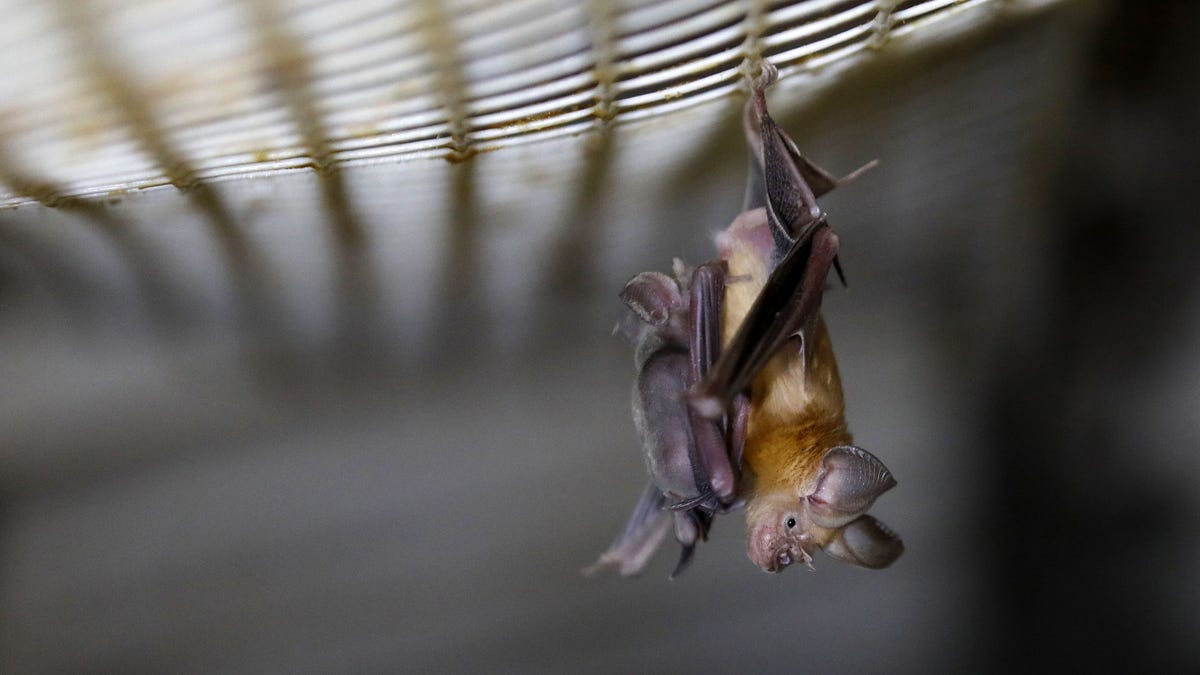
This week, a World Health Organization delegation of scientists from 10 different nations finally was allowed in the country to explore the virus' origins. .
"This is important not just for COVID-19, but for the future of global health security and to manage emerging disease threats with pandemic potential," Tedros Ghebreyesus, WHO's director-general, said just after the team left for China.The group of related coronaviruses giving rise to SARS-CoV-2 has existed for decades in bats and likely originated more than 40 years ago, said Dr.SARS-CoV-2 shares 96% of its genetic material with a sample of coronavirus taken in 2013 in Intermediate Horseshoe bats from Yunnan province in China, which suggests the Yunnan virus is its ancestor.Boni is among those who think the virus most likely came directly from bats, possibly infecting miners who work in bat-infested caves or people exposed to bat feces.SARS underwent only a few genetic changes between bats and people, which made its animal roots easier to trace, while SARS-CoV-2 has changed a lot more, Connor said. .“SARS-CoV-2 may originate from live animal markets, but it may also have emerged from any setting in which people come into contact with animals, including farms, pets, or zoos,” Chiu said."Our analyses clearly show that SARS-CoV-2 is not a laboratory construct or a purposefully manipulated virus," they wrote in the prestigious journal Nature. .Ian Lipkin, one of the co-authors and a professor at the Columbia University Mailman School of Public Health.
"Can we exclude the possibility that there was a virus that was present in this lab that somehow got out into either animals or people.Connor said he's also dubious the virus originated in a lab rather than in nature."What laboratory people are really good at doing is making viruses weaker," said Connor, who is also an investigator at Boston University's National Emerging Infectious Disease Laboratories.One person's nose might contain 10 to a 100,000 copies of the virus, and with so many replications and so many mistakes, it's plausible chance mutations led to SARS-CoV-2, he said.
The virus that’s now killing millions has novel mutations, many of them, said Chiu.
In some ways, it doesn't matter where the virus came from, said Stephen Morse, a professor of epidemiology at Columbia University's Mailman School of Public Health.The Chinese are not as transparent at reporting their public health information
Connor, at Boston University, agrees that effective and transparent public health systems around the world are essential for detecting and preventing outbreaks like COVID-19"It would be nice for all people to have good health care, not just because it would be nice for them ..but for everybody else," Connor said. "It would be nice to be able to identify: Oh, all of a sudden, five people in one area got sick with something we didn't know what it was."
The race is now between the speed of mutations and the speed of vaccination, said ChiuIn the meantime, public health measures to stop the spread – masking, social distancing and handwashing – are essential, experts repeat. “We have to reduce the number of infections before the virus has a chance to mutate in such a way that it can evade drugs and vaccines," said Chiu